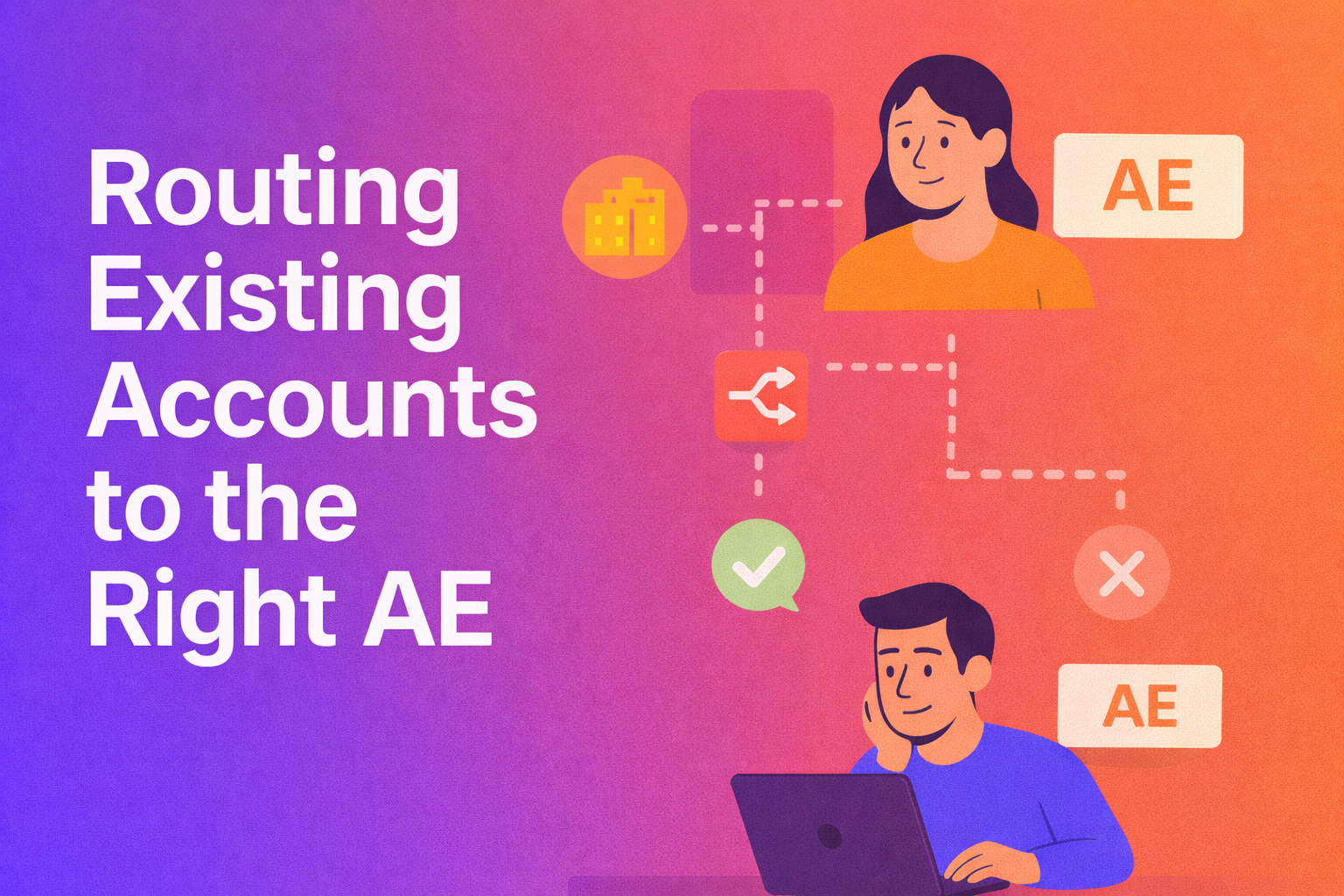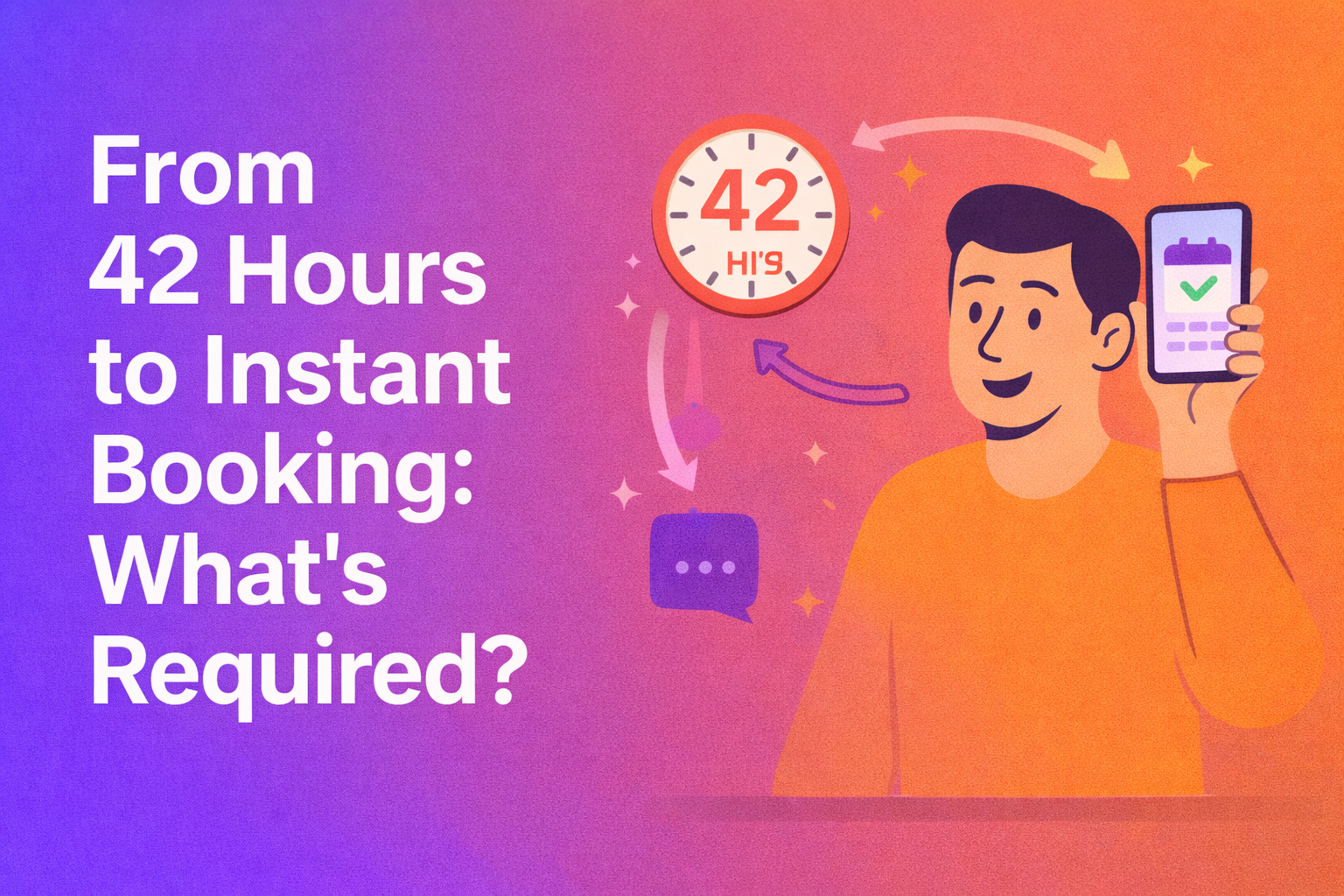Everyone is asking marketers to get more revenue focused. And you’re thinking “But revenue is a lagging indicator. We need to look at driving more leads!”
But your sales reps and CEO aren't too happy about seeing all those leads going straight to Closed Lost.
In this post, we’ll look at what B2B marketing metrics and KPIs you should be tracking so you can drive more revenue for your business and get a seat at the table.
Ready?
Let’s dive in.
8 Key B2B marketing metrics and KPIs that will help you drive more revenue for your business
If you’re looking to drive more revenue as a marketer for your business and get a seat at the table, you need to know:
- Which channels and sources provide the highest ROI
- Where to allocate spend towards
- When and how much to allocate towards experimentation
- What works for your ICP and what doesn’t
To help you get answers to these questions, here are the top 8 B2B marketing metrics and KPIs you should be tracking and looking to improve.
Note: There’s also a nifty dashboard template we’ve included towards the end of the article.
1. Number of Marketing Qualified Leads (MQL)
MQLs are leads that have (ideally) shown explicit interest in your business.
They fit your ICP definition and can be easy for your sales reps to talk to because they don’t require too much convincing.
If you’re a marketer, you should be looking to increase the number of MQLs that you’re generating.
2. Cost per Marketing Qualified Lead (Cost/MQL)
There is talk of a lot of dry powder, but not a drop to be seen these days. So, there’s a lot more pressure to be efficient.
Keeping tabs on your cost per MQL lets you know if you’re driving marketing qualified leads at an efficient rate.
Ideally, you should be looking to keep the cost per MQL low.
To calculate your cost per MQL:
Cost per MQL = Total marketing spend / Total number of MQLs
3. Number of Opportunities
This is definitely a B2B marketing metric you want to watch closely.
Opportunities are people your sales team has qualified as likely to become a customer. So, the more opportunities your campaigns generate, the higher the chances of you, as a marketer, driving more revenue for your company.
Much like MQLs, you’ll need to keep a close eye on cost per Opportunity. You can calculate cost per Opportunity using the following formula:
Cost per Opportunity = Total marketing spend / Total number of Opportunities.
4. Number of Closed Won deals
Your closed-won deals are deals where the leads have signed contracts with you indicating that you’ve won the deal.
Closed-won deals are a great metric to track generally, but also especially if you’re running an ABM campaign.
Keeping track of the number of closed won deals you generate also lets you figure out your CAC (Customer acquisition costs) and what’s an acceptable CAC for your business.
Customer Acquisition Costs can be calculated using the following formula:
Customer Acquisition Cost = Total marketing spend / Total customers won.
Which leads me to…
5. Average Contract Value (ACV)
Your average contract value dictates if your cost per MQL and cost per Opportunity are efficient or not.
It plays a key role in sales forecasting, budget allocation, and deciding if your campaign is performing well or not.
For example, if your cost per Opportunity is $1000 and your ACV is $4000, it makes sense as a marketing team to celebrate. But as a business, you’d be better off if you also look at the win percentage.
Sticking to the same example, if your win percentage is at 20%, ie. for every 5 deals you win 1 customer, now the math doesn’t add up, right? Because now you need to spend $5000 to win a customer who will pay you $4000.
You can figure out your ACV by using the following formula:
Average contract value = Total revenue / Number of closed-won deals.
6. MQL to Opportunity Percentage
Understanding how many of your MQLs turn into opportunities gives you a good idea of how many of the leads you’re driving are truly qualified.
Ideally, you want to get 40% here.
If it’s too low, your campaigns are driving too many junk leads. If this keeps happening for too long, you risk having a bunch of unhappy sales reps. You’ll need to dig into all the opportunities and closed won deals to see what types of MQLs become Opportunities and optimize your campaigns to drive more such leads.
Another reason why MQL to Opportunity rates might be lower is because your reps aren’t able to get your leads to respond to their emails and book a meeting with them.
In most organizations, when a lead requests a demo, that’s when they have the highest intent to buy. Taking them to a landing page that says “Thank you for contacting us. One of our sales reps will reach out in 24-48 hours” isn’t the best experience. Organizations do this because they want a sales rep to manually qualify leads before a meeting is booked.
The easiest way to reduce drop-offs here and increase your MQL to Opportunity rate is to use tools like RevenueHero that can instantly qualify and schedule meetings with your prospect immediately after a form submit.
This means no more manual qualification. No more email follow-ups. Your qualified leads book meetings directly with your sales reps. And your MQL to Opportunity rates increase.
To calculate the MQL to Opportunity Percentage, you can use the following formula:
MQL to Opportunity Percentage = (Number of Opportunities / Number of Marketing Qualified Leads) x 100.
7. Payback Period
Payback period is one of the most revenue-led B2B marketing metrics, which indicates time taken for you to get back the money you put into acquiring the customer.
For most B2B companies, the benchmark is at 12 months. That means, if you spend $1000 to acquire a customer, can you get that money back in 12 months?
As you can see, your payback period depends on your customer acquisition cost (CAC) and your deal size. If your CAC is $1500 and your deal size is $4500 (for a year), then your payback period is 4 months.
To calculate your payback period, you can use the following formula:
Payback Period = Customer Acquisition Cost / Deal Size per month.
8. Sales Cycle Length (in days)
Time to close tells you how long your sales reps take to win the deal after it’s entered the pipeline.
You might be wondering how this helps you as a marketer… Let me give you an example.
Imagine your LinkedIn ads are driving only a few customers compared to other channels. But the time it takes for your sales reps to close deals from here is a lot less. As a marketer, this gives you another data point to spend more time and money on this channel to drive more conversions from it.
Pretty cool way to look at your marketing campaign metrics, right?
Side note: Reducing your sales cycle length is also the easiest way to increase your pipeline velocity. You can use the pipeline velocity calculator to learn more about it.
- One of the easiest ways to reduce sales cycle length is to ensure you instantly qualify your prospects after they submit a form and allow them to immediately book a meeting with the right sales rep.
This ensures that prospects don’t have to wait till your sales reps sift through all the leads in your CRM, manually qualify, and then reach out to them over an email to convince them to come to a call. - When SDRs want to hand off prospects to AE for a demo, provide them with an easy way to pass the baton. Reduce any administrative tasks that make your sales team frustrated and less productive.
Example : B2B marketing metrics and KPIs template
Here’s an example of the B2B marketing metrics and KPI dashboard we use at RevenueHero that you can make a copy of.

It’s broken down by channel and also has a blended report that combines the data across channels. Also, we use Supermetrics internally to automatically pull in these data so that it’s always up to date.
Note: For each channel, you can have separate sheets that are broken down by campaigns. This will give you a detailed view of which campaigns are driving ROI for your business.
Channel specific leading indicators to optimize your B2B marketing metrics and KPIs
Leading indicators to improve metrics for Google Ads:
Leading indicators to improve metrics for paid social channels like LinkedIn Ads:
Leading indicators to improve metrics for email marketing:
Here’s a sneak peek into how we think about email marketing at RevenueHero
To give you a summary: your email gets a 30% open rate and a 5% CTR in the best case. If you have 100 subscribers, that’s 30 people who opened and just 1 or 2 people who clicked.
Most organizations optimize to increase the number of people who click and leave out the majority of the content from their email hoping people will click and read it on their blog or website.
At RevenueHero, we try to write emails for the 30 people who opened the email and give away the meat of the content directly on the email. Our goal is to get people to engage with our content right away, not make them click first and then engage later.
So, the metrics we track internally are:
- Subscriber growth
- Open rate
- Number of times people open the email
- If people are sharing the email internally
Frequently asked questions about B2B marketing metrics and KPIs
What are B2B marketing metrics, anyway?
B2B marketing metrics are what marketers use to track and measure the performance of their campaigns. Since metrics are constantly changing based on the performance of their campaigns, marketers typically track them every day to see if their campaigns are performing as expected or if they need to pause and course correct.
What’s the difference between KPIs and metrics in marketing
Sometimes B2B marketing metrics and KPIs can feel like potato and potaahto, right? But here’s the main difference between marketing metrics and KPIs:
- B2B marketing metrics help you gauge if a campaign is progressing in the right direction and if a campaign is in good health.
- B2B marketing KPIs, on the other hand, help you set the right objectives or goals for your next month, quarter, or year.
Turning B2B marketing metrics into more qualified meetings and revenue
We covered a bunch of metrics and KPIs in this post. But all of that would mean nothing if you can’t make it easy for people to buy from you when they express interest.
The road to revenue is tricky in B2B marketing today, especially at a time when buying journeys are non-linear and attribution isn’t straightforward.
As a marketer, you need to make it simple for people to buy from you and have the right scheduling systems in place that will let you talk with your prospects the minute they raise their hands.
RevenueHero can’t predict if your marketing campaigns are performing well. But it surely can provide qualified leads that land on your website a way to book a meeting instantly with your sales rep. This way, your sales reps already have qualified meetings on their calendars and won’t have to manually follow up via email and try to book meetings
Let RevenueHero help your team turn high-intent users into booked meeting without slowing down your funnel.



.avif)









